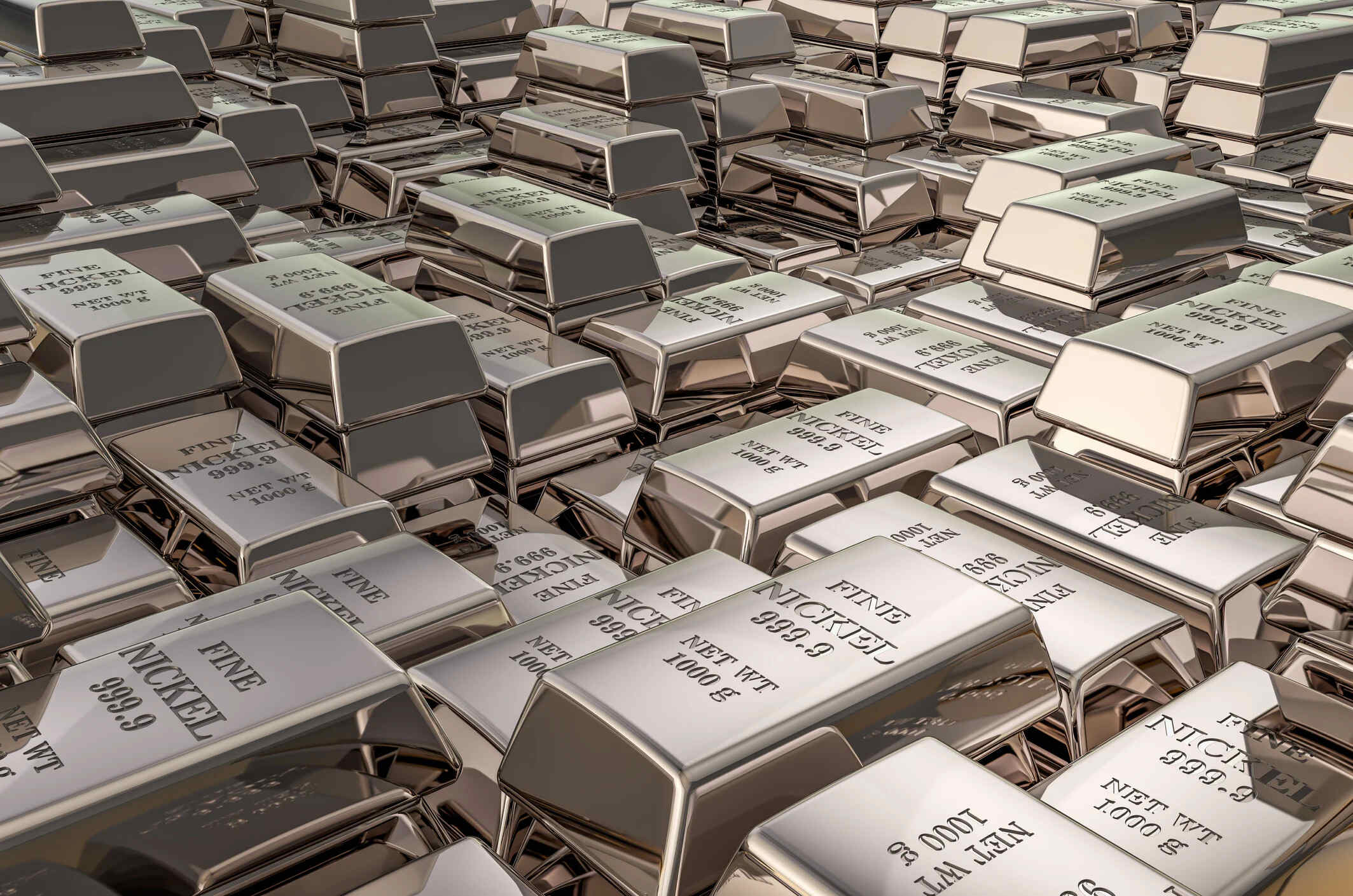
Ever wondered about the cool stuff that makes up everything around us? Let's zero in on nickel, a metal that's more fascinating than you might think. Nickel isn't just another element on the periodic table; it's a superstar in its own right, playing a crucial role in our daily lives and the world's economy. From powering our smartphones to fortifying our food, nickel is everywhere, yet often flies under the radar. But what makes nickel so special, and why should we care? Buckle up, because we're about to dive into 14 amazing and interesting facts about nickel that will surely pique your curiosity and maybe even surprise you. Ready to get your mind blown by how awesome nickel really is?
Key Takeaways:
- Nickel is a versatile metal found in the Earth's crust and used in everyday items like coins and batteries. However, its extraction and use can have environmental and health impacts, making careful handling and regulations crucial.
- The demand for nickel is expected to rise with the increasing focus on renewable energy and electric vehicles. Innovations in refining and recycling processes are essential to meet future demands while minimizing environmental impacts.
What Is Nickel?
Nickel is a chemical element with the symbol Ni and atomic number 28. It's a silvery-white lustrous metal with a slight golden tinge. Nickel belongs to the transition metals and is hard and ductile. Pure nickel, powdered to maximize its reactive surface area, shows a significant chemical activity, but larger pieces are slow to react with air under standard conditions because an oxide layer forms on the surface and prevents further corrosion (passivation).
Where Is Nickel Found?
Nickel is found in the Earth's crust and in the core of large rocky planets. It was first discovered in a red-colored ore that German miners believed was copper. When they realized it was not copper and that they could not extract any familiar metals, they named the ore "Kupfernickel" which means "Old Nick's copper" or "false copper." Today, nickel is mainly obtained from the nickel sulfide mineral, pentlandite, and laterite deposits.
- Nickel is the fifth most common element on Earth and can be found in the Earth's crust, in both meteorites and the planet's core.
Uses of Nickel
Nickel has several uses in our daily lives and industries. It's a key component in stainless steel, which accounts for about 65% of all nickel consumed. Nickel's resistance to corrosion makes it ideal for use in various alloys, batteries, especially rechargeable nickel-cadmium batteries, and even as a catalyst for certain chemical reactions.
-
About 65% of nickel consumed is used in stainless steel production.
-
Nickel-cadmium rechargeable batteries are a significant use of nickel, showcasing its versatility in modern technology.
Nickel in Everyday Life
You might be surprised to find that nickel is closer to your daily life than you thought. It's not just in big industrial machines or high-tech batteries; nickel is also in many everyday items.
-
Coins, particularly in the past, have been made with nickel due to its durability and resistance to corrosion.
-
Nickel is also used in the plating of other metals to protect them from corrosion, making many of the metal objects around us last longer.
Environmental Impact of Nickel
While nickel is valuable for its various applications, its extraction and use come with environmental implications. Mining processes can cause soil and water pollution, and nickel compounds are considered to be carcinogenic.
-
Nickel mining can lead to soil and water pollution, posing risks to ecosystems and human health.
-
Certain nickel compounds have been classified as carcinogenic, highlighting the need for careful handling and regulations in its processing and use.
Nickel Allergies
Nickel is also known for causing allergic reactions in some people. This condition, known as nickel allergy, is one of the most common causes of allergic contact dermatitis.
- Nickel allergy affects a significant portion of the population, leading to skin irritation and other symptoms upon contact with nickel-containing objects.
Historical Facts About Nickel
Nickel has a rich history, from its accidental discovery to its role in the development of economies and technologies.
-
The term "nickel" comes from a mischievous sprite of German miner mythology, Nickel (or Old Nick), who personified the fact that copper-nickel ores resisted refinement into copper.
-
Nickel was first isolated and classified as a chemical element by Axel Fredrik Cronstedt in 1751.
Nickel in Space
Nickel isn't just found on Earth; it's also a component of meteorites and has been detected on other planets and moons in our solar system.
-
Iron meteorites, the most common type of meteorite, contain an average of 5% to 20% nickel.
-
Nickel is also present in the Earth's core, where it makes up a significant portion of the planet's inner strength and magnetic properties.
Future of Nickel
With advancements in technology and an increasing focus on renewable energy, the demand for nickel is expected to rise. Its role in batteries, particularly for electric vehicles, positions nickel as a critical element in the transition to greener energy sources.
-
The demand for nickel in the production of batteries for electric vehicles is expected to significantly increase as the world moves towards more sustainable energy solutions.
-
Innovations in nickel refining and recycling processes are crucial for meeting future nickel demands while minimizing environmental impacts.
Nickel's Fascinating World
Nickel's journey from the depths of the Earth to its widespread use in our daily lives is nothing short of remarkable. This versatile metal not only powers our batteries but also strengthens our buildings and adds that extra shine to our coins. Understanding nickel's properties, its role in history, and its modern applications shows us just how interconnected our world is with the elements beneath our feet. From its discovery in the 18th century to its pivotal role in the development of stainless steel, nickel has proven to be an indispensable part of human progress. As we continue to innovate and seek sustainable solutions, nickel's importance in green technologies highlights its enduring value. So, next time you come across anything made of stainless steel or recharge your electric vehicle, remember the incredible journey of nickel.
Frequently Asked Questions
Was this page helpful?
Our commitment to delivering trustworthy and engaging content is at the heart of what we do. Each fact on our site is contributed by real users like you, bringing a wealth of diverse insights and information. To ensure the highest standards of accuracy and reliability, our dedicated editors meticulously review each submission. This process guarantees that the facts we share are not only fascinating but also credible. Trust in our commitment to quality and authenticity as you explore and learn with us.


